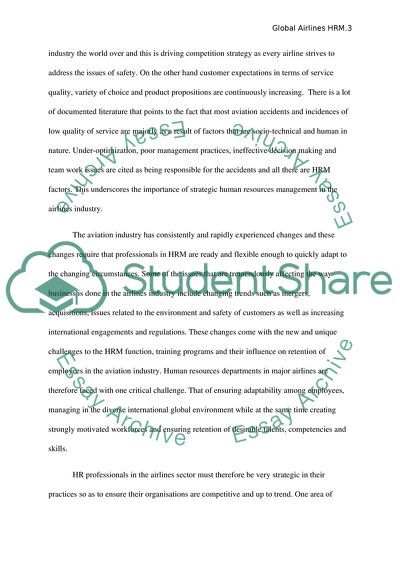Cite this document
(Global Human Resource Management in the Aviation Industry Term Paper, n.d.)
Global Human Resource Management in the Aviation Industry Term Paper. https://studentshare.org/human-resources/1867382-global-human-resource-management-in-the-aviation-industry
Global Human Resource Management in the Aviation Industry Term Paper. https://studentshare.org/human-resources/1867382-global-human-resource-management-in-the-aviation-industry
(Global Human Resource Management in the Aviation Industry Term Paper)
Global Human Resource Management in the Aviation Industry Term Paper. https://studentshare.org/human-resources/1867382-global-human-resource-management-in-the-aviation-industry.
Global Human Resource Management in the Aviation Industry Term Paper. https://studentshare.org/human-resources/1867382-global-human-resource-management-in-the-aviation-industry.
“Global Human Resource Management in the Aviation Industry Term Paper”. https://studentshare.org/human-resources/1867382-global-human-resource-management-in-the-aviation-industry.


